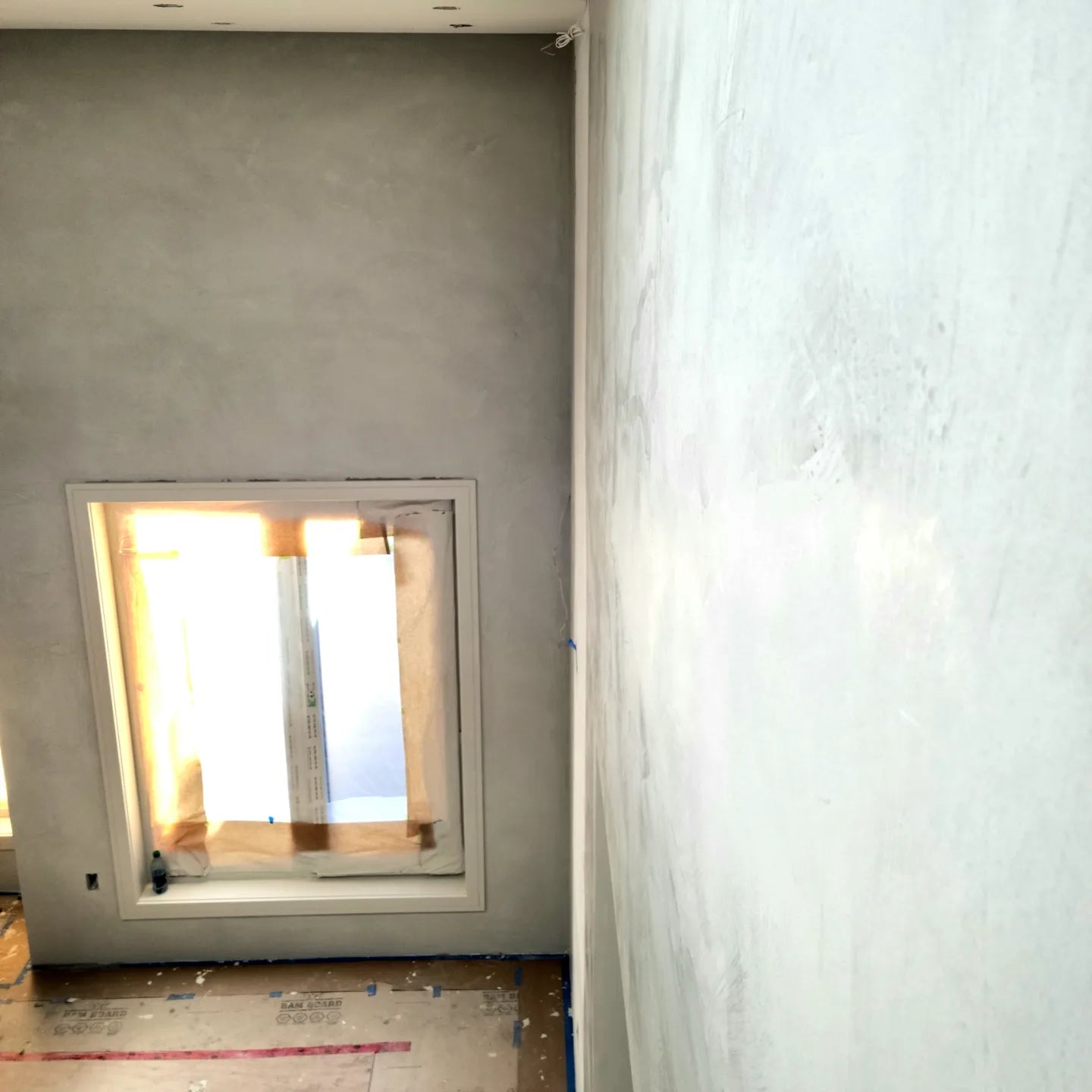The construction industry is one of the largest contributors to global carbon emissions. As a result, there is a growing demand for sustainable building materials that can reduce the environmental impact of construction. In this article, we will explore the sustainability of lime and cement, two commonly used building materials.
What is Lime?
Lime is a natural material that has been used in construction for thousands of years. It is made by heating limestone in a kiln, which produces quicklime. When water is added to quicklime, it reacts to form hydrated lime, which can be used in a variety of construction applications.
Sustainability of Lime:
Lime is a highly sustainable building material for several reasons. Firstly, it is a natural material that is widely available and does not require extensive processing. Secondly, the production of lime releases significantly less carbon dioxide than cement production. Finally, lime has a long lifespan and can be reused or recycled at the end of its life.
What is Cement?
Cement is a binding material that is used to make concrete, mortar, and other construction materials. It is made by heating limestone, clay, and other materials in a kiln, which produces clinker. The clinker is then ground into a fine powder, which is mixed with water to form cement.
Sustainability of Cement:
Cement production is a major contributor to global carbon emissions, accounting for around 8% of total emissions. The production process is energy-intensive and requires large amounts of fossil fuels. Additionally, the production of cement releases large amounts of carbon dioxide and other greenhouse gases.
Conclusion:
In conclusion, lime is a more sustainable building material than cement. It is a natural material that is widely available and has a lower environmental impact than cement. While cement is still widely used in construction, there is a growing demand for sustainable alternatives like lime. By choosing sustainable building materials, we can reduce the environmental impact of construction and create a more sustainable future.

